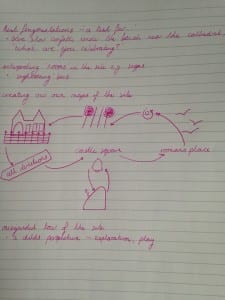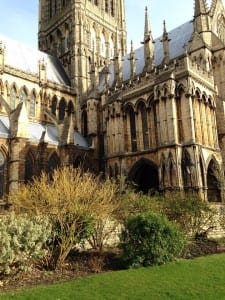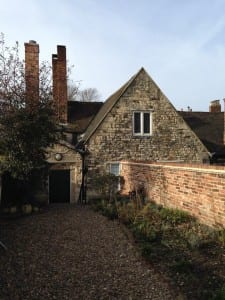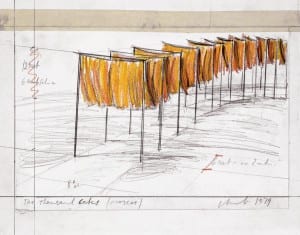After the horrible rain we experienced this morning, we decided to venture into the Cathedral. Whilst we were walking around we saw not only the beauty of the Cathedral from the inside, but also many different people, from the elderly to young families. Tim Etchells talks about “the strange fragments and endless possibilities of people passing each other in the street” (Etchells, 1999, 79), a phrase I kept thinking about during the lesson. Each one of us will see the Cathedral in a different light (from a different perspective), from the people who first built the Cathedral to those who grew up around the site to visitors and tourists seeing it for the first time. We then spent time thinking about the type of performance we as a group would like to do, and all of us liked the idea of perspectives. Whether this be through the mind of a child, perhaps in the form of telling stories about the Cathedral, or through the means of photographs, to literally and historically look at viewpoints of the Cathedral. Whilst bad weather can be a challenge for any site specific performer outside, for us it was a welcomed help.
Etchells, T. (1999) Certain Fragments. London: Routledge.




